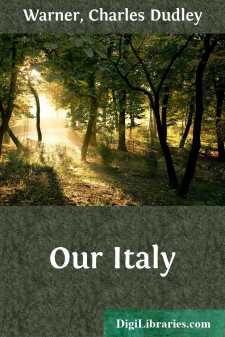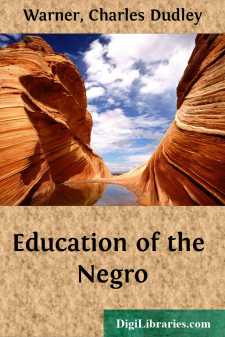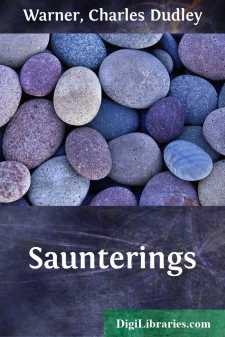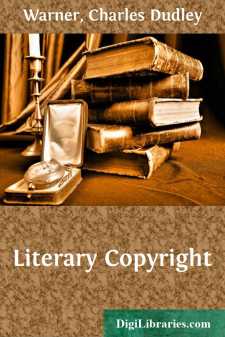Categories
- Antiques & Collectibles 13
- Architecture 36
- Art 48
- Bibles 22
- Biography & Autobiography 813
- Body, Mind & Spirit 142
- Business & Economics 28
- Children's Books 17
- Children's Fiction 14
- Computers 4
- Cooking 94
- Crafts & Hobbies 4
- Drama 346
- Education 46
- Family & Relationships 57
- Fiction 11829
- Games 19
- Gardening 17
- Health & Fitness 34
- History 1377
- House & Home 1
- Humor 147
- Juvenile Fiction 1873
- Juvenile Nonfiction 202
- Language Arts & Disciplines 88
- Law 16
- Literary Collections 686
- Literary Criticism 179
- Mathematics 13
- Medical 41
- Music 40
- Nature 179
- Non-Classifiable 1768
- Performing Arts 7
- Periodicals 1453
- Philosophy 64
- Photography 2
- Poetry 896
- Political Science 203
- Psychology 42
- Reference 154
- Religion 513
- Science 126
- Self-Help 84
- Social Science 81
- Sports & Recreation 34
- Study Aids 3
- Technology & Engineering 59
- Transportation 23
- Travel 463
- True Crime 29
Our Italy
Categories:
Description:
Excerpt
CHAPTER I.
HOW OUR ITALY IS MADE.
The traveller who descends into Italy by an Alpine pass never forgets the surprise and delight of the transition. In an hour he is whirled down the slopes from the region of eternal snow to the verdure of spring or the ripeness of summer. Suddenly—it may be at a turn in the road—winter is left behind; the plains of Lombardy are in view; the Lake of Como or Maggiore gleams below; there is a tree; there is an orchard; there is a garden; there is a villa overrun with vines; the singing of birds is heard; the air is gracious; the slopes are terraced, and covered with vineyards; great sheets of silver sheen in the landscape mark the growth of the olive; the dark green orchards of oranges and lemons are starred with gold; the lusty fig, always a temptation as of old, leans invitingly over the stone wall; everywhere are bloom and color under the blue sky; there are shrines by the way-side, chapels on the hill; one hears the melodious bells, the call of the vine-dressers, the laughter of girls.
The contrast is as great from the Indians of the Mojave Desert, two types of which are here given, to the vine-dressers of the Santa Ana Valley.
Italy is the land of the imagination, but the sensation on first beholding it from the northern heights, aside from its associations of romance and poetry, can be repeated in our own land by whoever will cross the burning desert of Colorado, or the savage wastes of the Mojave wilderness of stone and sage-brush, and come suddenly, as he must come by train, into the bloom of Southern California. Let us study a little the physical conditions.
The bay of San Diego is about three hundred miles east of San Francisco. The coast line runs south-east, but at Point Conception it turns sharply east, and then curves south-easterly about two hundred and fifty miles to the Mexican coast boundary, the extreme south-west limits of the United States, a few miles below San Diego. This coast, defined by these two limits, has a southern exposure on the sunniest of oceans. Off this coast, south of Point Conception, lies a chain of islands, curving in position in conformity with the shore, at a distance of twenty to seventy miles from the main-land. These islands are San Miguel, Santa Rosa, Santa Cruz, Anacapa, Santa Barbara, San Nicolas, Santa Catalina, San Clemente, and Los Coronados, which lie in Mexican waters. Between this chain of islands and the main-land is Santa Barbara Channel, flowing northward. The great ocean current from the north flows past Point Conception like a mill-race, and makes a suction, or a sort of eddy. It approaches nearer the coast in Lower California, where the return current, which is much warmer, flows northward and westward along the curving shore. The Santa Barbara Channel, which may be called an arm of the Pacific, flows by many a bold point and lovely bay, like those of San Pedro, Redondo, and Santa Monica; but it has no secure harbor, except the magnificent and unique bay of San Diego.
...











